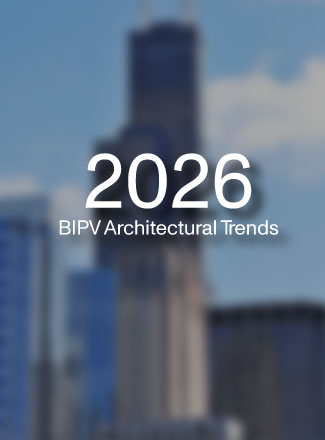

As the world shifts towards cleaner and more sustainable energy sources, the concept of Distributed Energy Resources (DERs) has gained significant attention. In the context of solar energy systems, DER refers to decentralized power generation sources, primarily solar photovoltaic systems (PV), installed at or near the point of electricity demand. This blog explores the benefits and challenges associated with DERs in solar, highlighting their role in transforming power generation and shaping the renewable energy landscape of the future.
By bringing power generation closer to the point of consumption, DERs help to minimize transmission and distribution losses associated with long-distance electricity transmission. This decentralized approach enhances the overall efficiency of the energy system.
Solar photovoltaic systems utilize the clean and abundant source of energy provided by the sun. By generating electricity from sunlight, these resources reduce greenhouse gas emissions and help combat climate change. Furthermore, they reduce dependence on fossil fuels, fostering a transition to a sustainable energy future.
Distributed Energy Resources, including solar photovoltaic systems, contribute to reducing peak demand on the grid, especially during periods of high energy consumption. On hot summer days with high usage of air conditioning, solar PV systems generate electricity, alleviating strain on the grid and ensuring a more stable energy supply. DERs can also enhance grid stability and reliability by offering frequency regulation and voltage support, helping to maintain a balanced and robust electricity grid.
By offsetting a portion of energy consumption, solar Distributed Energy Resources reduce reliance on utility-provided electricity. This, in turn, leads to cost savings for consumers, as they can reduce their electricity bills while still enjoying a reliable power supply.
While DERs, including solar photovoltaic systems, bring numerous benefits, their integration into the electricity grid poses challenges that require careful planning, grid management strategies, and regulatory frameworks. Some key considerations include:
The integration of DERs requires strategic grid planning to accommodate distributed generation and optimize the operation of the grid. Grid management systems must be updated to handle bidirectional power flows, grid congestion, and voltage regulation issues effectively. Grid operators must also ensure the stability and reliability of the electricity grid through advanced monitoring, control, and forecasting techniques to maintain the balance between electricity supply and demand.
Standardized interconnection procedures and technical requirements for Distributed Energy Resources are vital to facilitate seamless integration and interoperability. Clear guidelines for safety, grid protection, and communication protocols ensure smooth functioning within the broader electricity infrastructure. Distributed Energy Resources in solar, specifically solar photovoltaic systems, offer numerous advantages over traditional centralized power generation. Their decentralization, renewable energy generation, peak load-shaving capabilities, grid support, and cost savings make them a crucial component of the energy transition. While the integration of DERs into the grid necessitates careful planning, grid management strategies, and infrastructure upgrades, addressing these challenges can unlock the full potential and create a sustainable, resilient, and efficient energy system.
News & Articles

Mitrex BIPV is engineered to match—and exceed—the lifespan of high-performance building envelope systems, delivering structural durability, long-term energy output, and measurable sustainability benefits. This article outlines the testing, certifications, and warranties behind solar facades designed to perform for decades across global climates and project types.

Mitrex BIPV is engineered to match—and exceed—the lifespan of high-performance building envelope systems, delivering structural durability, long-term energy output, and measurable sustainability benefits. This article outlines the testing, certifications, and warranties behind solar facades designed to perform for decades across global climates and project types.

Design-driven solar façades are the future—and in 2026, building-integrated photovoltaics (BIPV) must meet high architectural standards as well as performance benchmarks. This blog highlights five architectural design trends that are shaping next-generation BIPV applications and how Mitrex products—from custom murals to landmark towers—are making them a reality.

Design-driven solar façades are the future—and in 2026, building-integrated photovoltaics (BIPV) must meet high architectural standards as well as performance benchmarks. This blog highlights five architectural design trends that are shaping next-generation BIPV applications and how Mitrex products—from custom murals to landmark towers—are making them a reality.

This blog introduces eFacade TILT, Mitrex’s newest BIPV product that blends solar generation with architectural depth. Featuring tilted modules, 23 available colours, and seamless rainscreen system integration, TILT transforms flat walls into high-performance, three-dimensional assets.

This blog introduces eFacade TILT, Mitrex’s newest BIPV product that blends solar generation with architectural depth. Featuring tilted modules, 23 available colours, and seamless rainscreen system integration, TILT transforms flat walls into high-performance, three-dimensional assets.